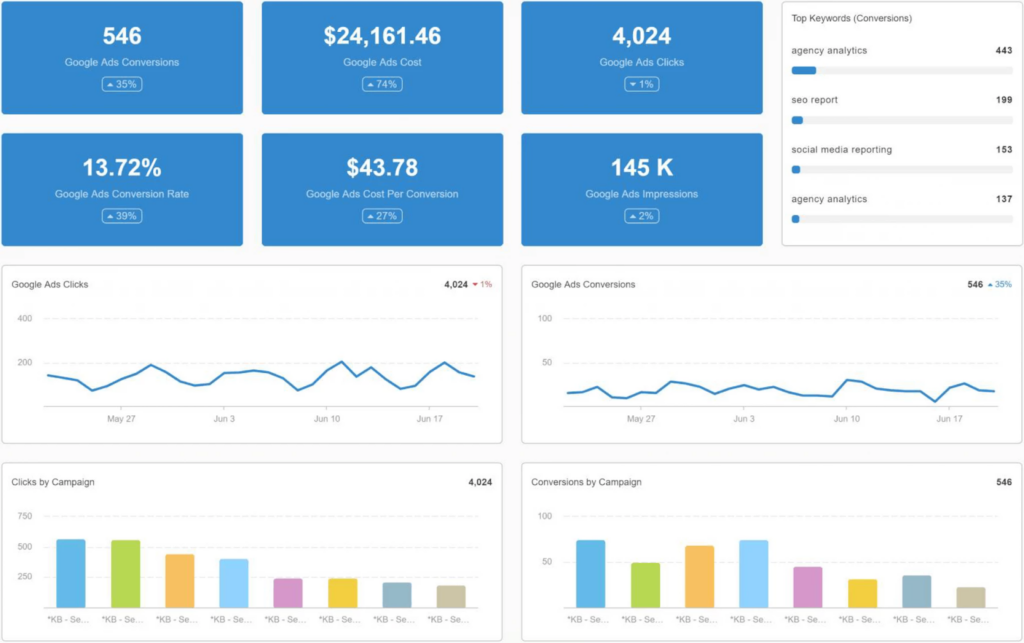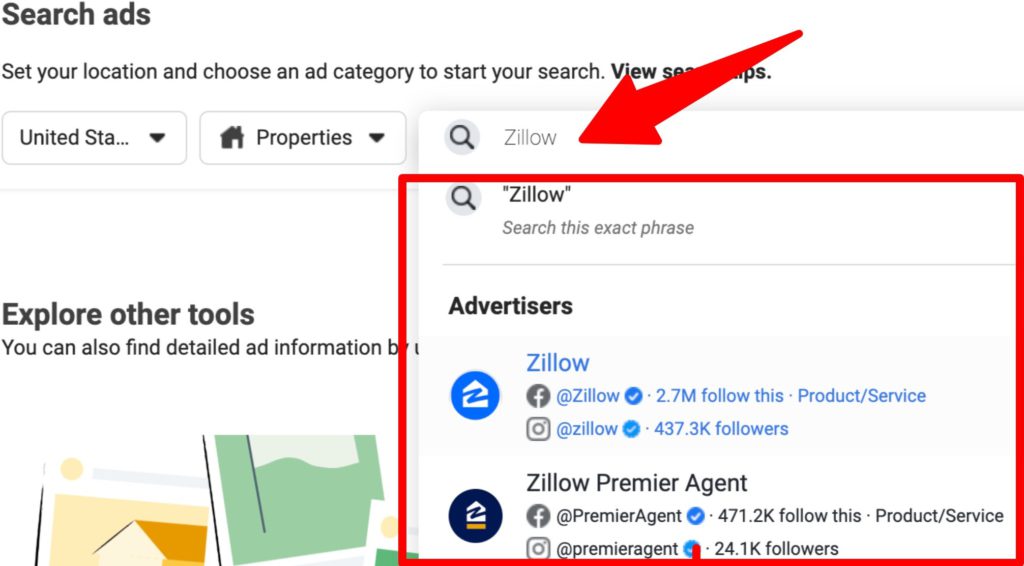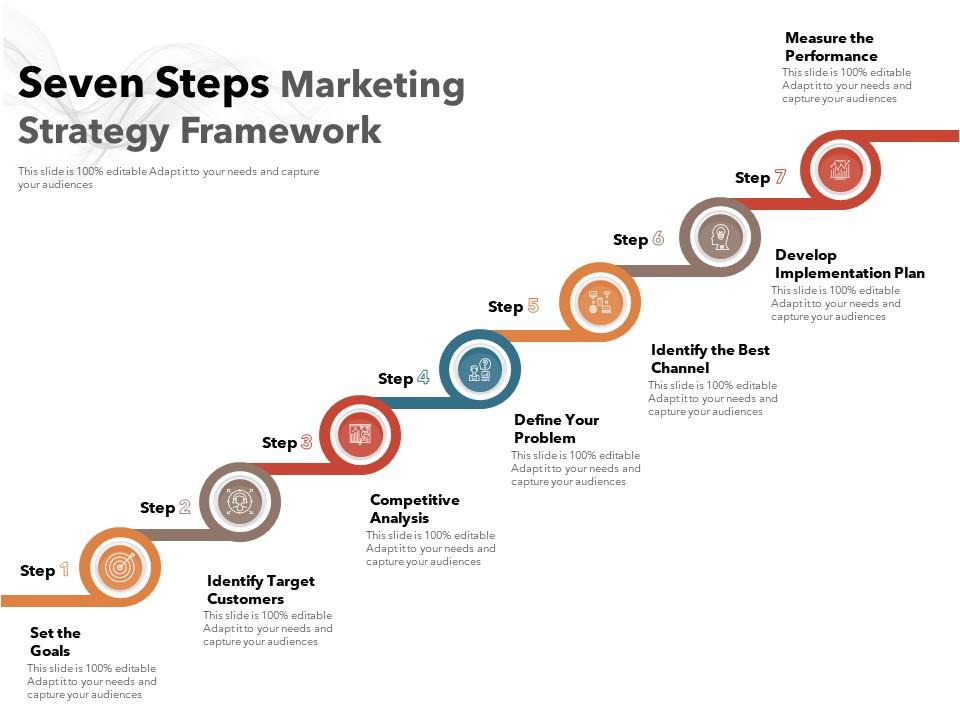Post map
ToggleRunning Google ads has become an essential part of the online marketing strategy for many businesses. It is not just a trend but a vital necessity for reaching customers and enhancing business performance. However, to ensure that these ads campaigns are conducted rationally and effectively, identifying and tracking KPI is crucial. In today’s article, Optimal FB will guide you through the Google ads KPI metrics.
About Google ads KPI
Google ads KPIs, also known as Key Performance Indicators for Google Ads. These are essential metrics for evaluating the performance of Google advertising campaigns. KPIs are metrics used to measure and assess the success of a campaign through data, ratios, quantitative targets, and the budget used. These KPIs reflect the extent to which the goals of a business, a specific department within the business, or even an individual in the advertising campaign on Google are met. The main goal of a Google Ads campaign is usually determined based on KPIs. Advertisers set goals and then monitor progress to achieve those goals. Each goal in Google Ads usually comes with metrics that perform different tasks.
Through KPIs, advertisers can evaluate the effectiveness of each goal in Google advertising campaign. KPIs provide a basis for assessing the effectiveness of the overall work and specific metrics as accurately as possible. This helps advertisers better understand the campaign’s performance and adjust their advertising strategy flexibly and scientifically.

Google ads KPI metrics
To track and evaluate a campaign in detail and comprehensively, you should note these following metrics:
Impression metric
Formula: Impressions = Reach * Number of times an ad is shown to 1 user
The Impression metric, or Impressions, is important in measuring the advertising’s effectiveness on online platforms. Impressions are calculated by multiplying Reach (the number of people the ad reaches) by Frequency (the average number of times an ad is shown per person). Impressions are generally considered a basic but important metric because they indicate the number of times your ad is displayed on the screen. However, it should be noted that Impressions only indicate that the ad appears, not that the user pays attention to or interacts with it.
A simple way to understand Impressions is that it only counts the number of times your ad appears in front of the user. For example, if an ad is shown 20 times but only reaches 15 different people, then the Reach is 15 and the average Frequency is 1.33 (20/15). This can be further understood through a specific example: If the Impressions are 20 but the Reach is only 15, it means that your ad appeared 10 times in front of people in group A and 5 times in front of people in group B. This shows that part of your ad content was shown again to the same person, leading to a discrepancy between Impressions and Reach.
Cost Per Thousand Impressions
Formula: CPM = (Total ad spend / Number of impressions) * 1000
The CPM metric, or Cost Per Thousand, is important in evaluating the effectiveness of an advertising campaign. On the Google platform, CPM is calculated by dividing the total amount you spend on advertising by the number of impressions, then multiplying by 1000. CPM is the cost you pay for every 1000 ad impressions, regardless of whether users pay attention to it or not. Therefore, CPM is often used in advertising campaigns focused on brand building, where the main goal is to create awareness and a strong impression in the minds of customers.
For example, if you spend 10 million VND on an advertising campaign and receive 10,000 impressions, then your CPM would be 1 million VND. This means you would pay 1 million VND for every 1000 ad impressions.
Click-Through Rate
Formula: Click-Through Rate = (Clicks / Impressions) * 100
Suppose your ad content was displayed 1000 times and received 100 clicks from users. Our Click-Through Rate (CTR) would be 10%. If you want to increase your CTR, you can do two things: increase the number of impressions to increase the chances of being clicked on or improve the quality of the content to attract more interactions. The CTR metric is often used to evaluate the effectiveness of advertising campaigns. Additionally, it is used to assess the quality of the landing page. According to studies, the average CTR on Google for all industries is about 0.9%. Industries with a higher than average CTR include: Retail (1.59%), Clothing (1.24%), Beauty (1.16%), Technology (1.04%), and Fitness (1.01%).
Cost Per Click
Formula: Cost Per Click = Money spent / Clicks
CPC stands for Cost Per Click, which means the cost for each click. This is a payment method in online advertising, especially in Google Ads campaigns. When using CPC, advertisers only pay when someone clicks on their ad, regardless of whether they take any further action after that. CPC is usually determined based on a fixed price per click, and advertisers can set a daily budget limit or maximum cost they are willing to pay.
In the article above, Optimal FB hopes that you understand Google ads KPI to successfully track and evaluate the important KPIs for a Google ads campaign.
Contact Info
Are you in need of Facebook advertising or need to rent a quality Facebook advertising account? Don’t worry! Optimal FB is a unit specializing in providing reputable Facebook accounts, as well as direct advertising support. Provides all types of advertising accounts such as casino facebook ads to help you reach and create fast conversions.
FAQ
What is CPA in Google Ads?
CPA in Google Ads stands for Cost Per Acquisition, which means the cost for each conversion action. This is an important metric in online advertising, measuring the average cost that an advertiser must pay to achieve a specific conversion action, such as a purchase transaction or a subscription. The CPA is calculated by dividing the total advertising cost by the number of conversions achieved. This helps advertisers assess the effectiveness of their advertising campaign and adjust their advertising strategy to optimize the CPA.
ROI in Google ads stands for “Return on Investment.” This is a crucial metric that measures the effectiveness of a Google advertising campaign by comparing the profit earned from the campaign to the total investment cost. ROI helps advertisers understand the profitability of spending on Google advertising and adjust their strategy to optimize returns. For an effective advertising campaign on Google, the ROI is usually high, meaning that the profits earned exceed the investment costs.


